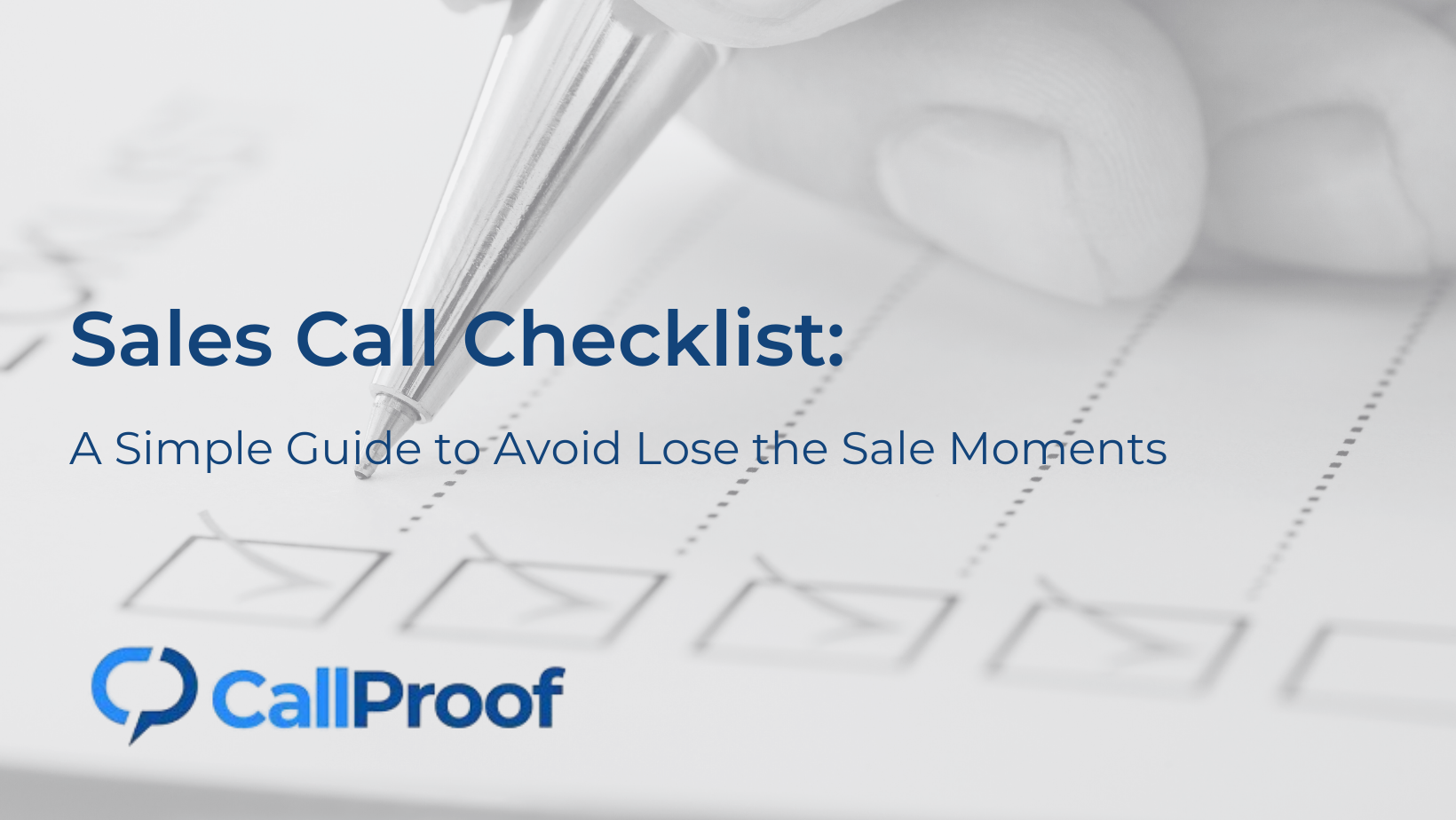Why You Need a Sales Call Checklist
First, preparation sets the tone. When you start a call with a plan, you sound confident and organized. A sales call checklist helps you remember important steps like reviewing the client’s history, setting an agenda, and preparing key questions. If you skip this, you may forget crucial details and accidentally lose the sale.
What to Include in Your Checklist
Your sales call checklist should cover three main parts: before, during, and after the call.
-
Before: Research the prospect, confirm the appointment, and review notes from past conversations.
-
During: Build rapport, ask open questions, and listen carefully. Take notes so you don’t miss opportunities.
-
After: Send a recap email, confirm next steps, and schedule follow-up. Missing follow-up is one of the easiest ways to lose the sale.
The Benefits of a Checklist
Moreover, using a sales call checklist saves time and reduces stress. It ensures consistency across your team and gives you a structure that builds trust with prospects. In addition, it helps identify where calls succeed or fail, so you can improve over time. Without it, reps can easily fall into bad habits and repeatedly lose the sale.
Final Thought
A sales call checklist is not just a tool — it’s your safety net. With it, you stay focused, cover all the details, and build stronger relationships. Without it, you risk mistakes that cause you to lose the sale.
Extra Tip to Strengthen Calls
To make your sales call checklist even more effective, include a short self-review after every call. Write down what went well, where you hesitated, and how the prospect reacted. This simple habit adds just a few minutes but helps you improve and reduces the chance you will lose the sale in the future.


